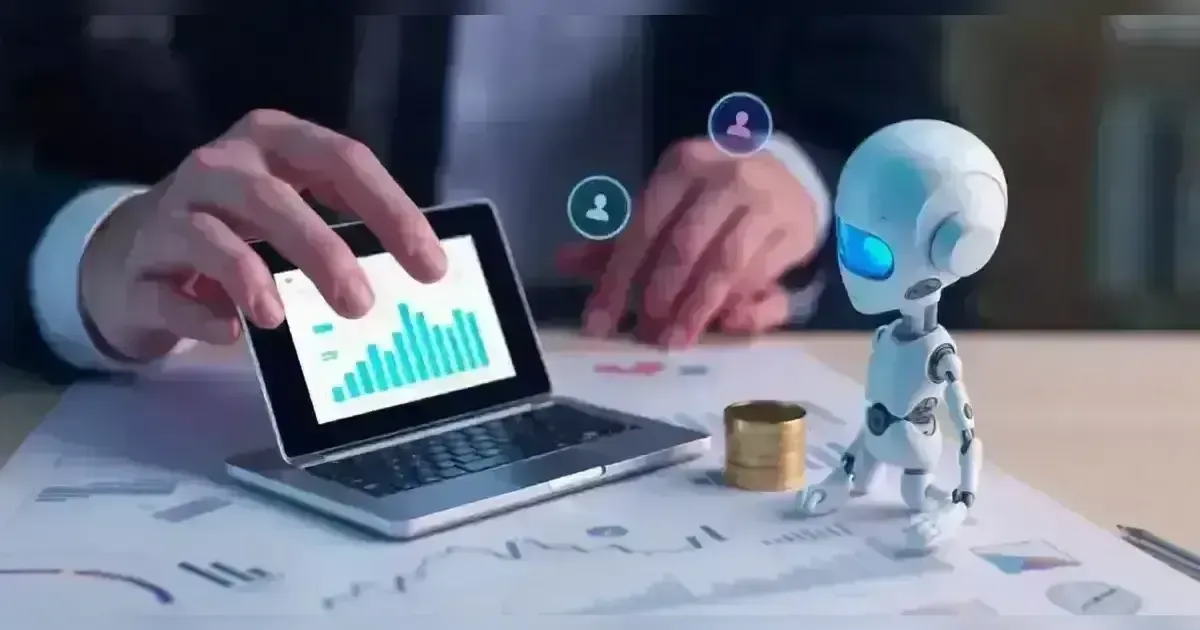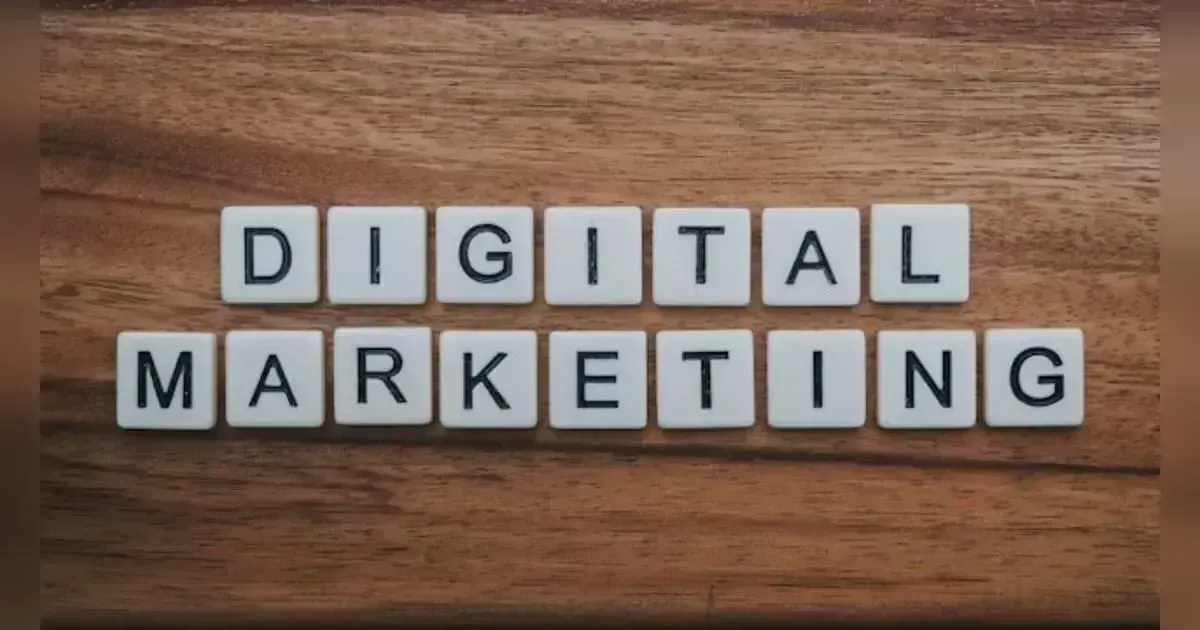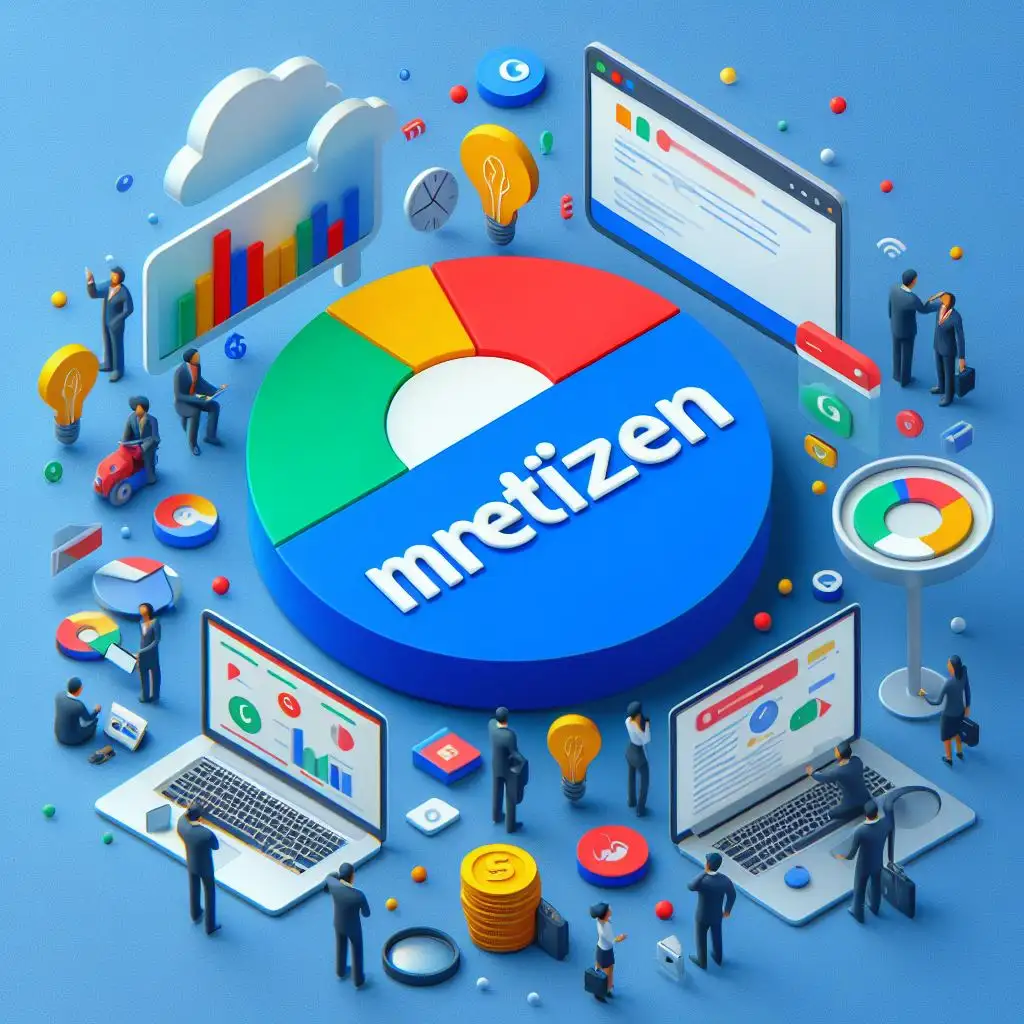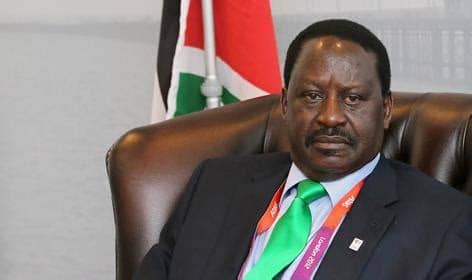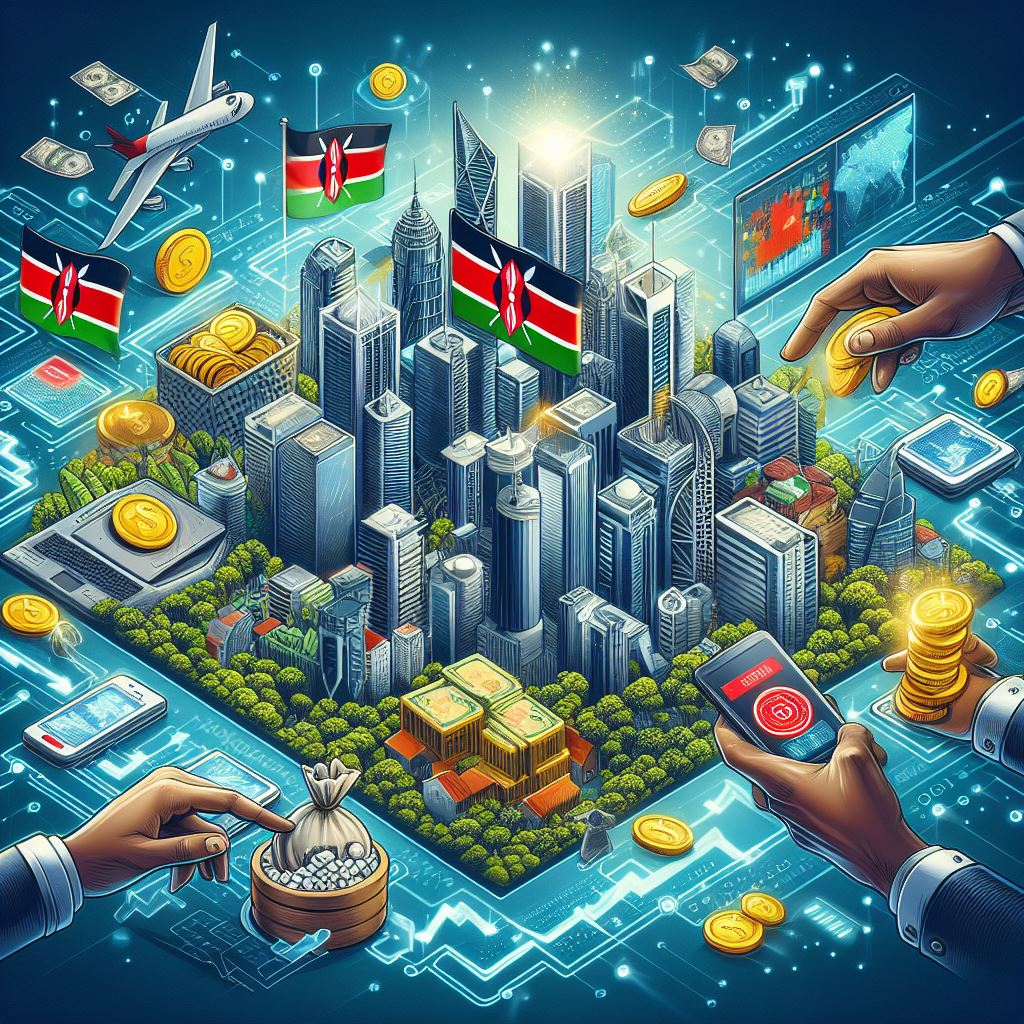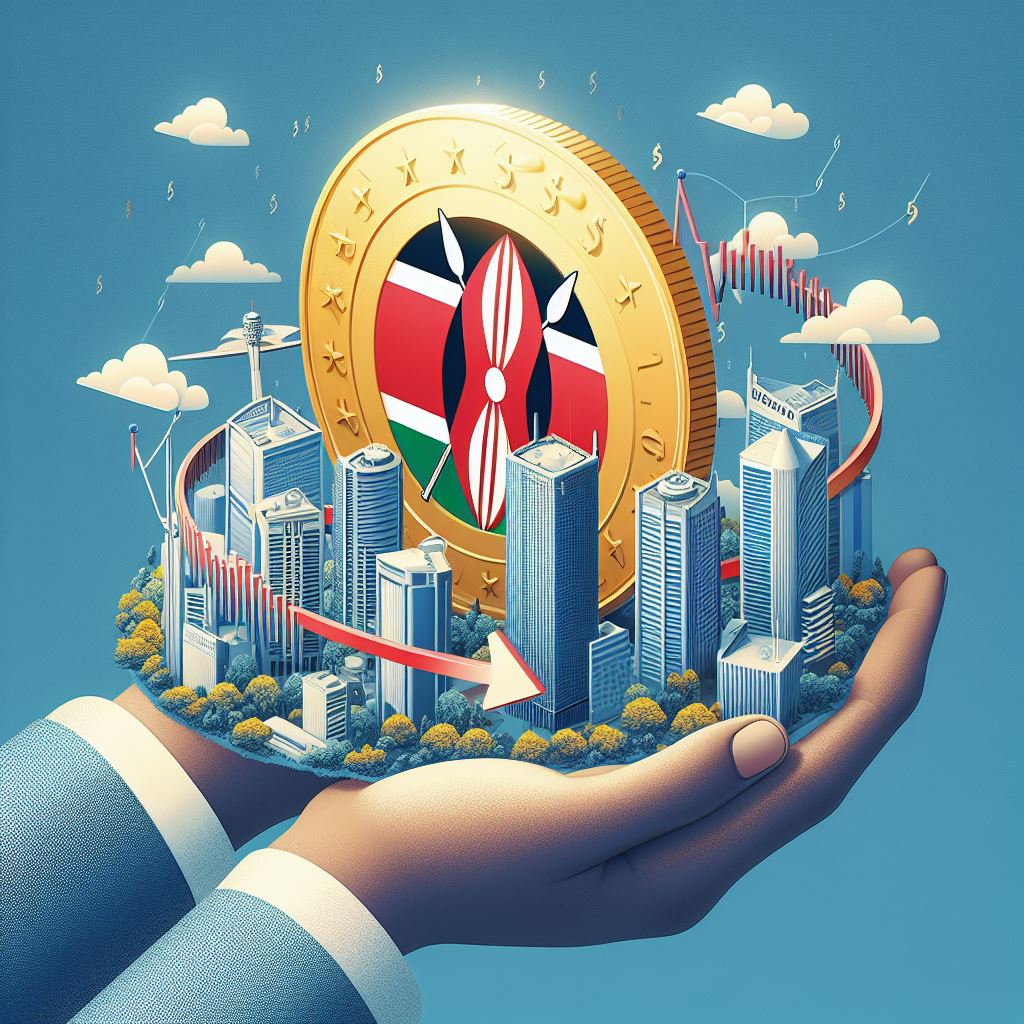The advancement in mobile money is revolutionizing finance since people can transact cashless via mobile phone. There are social benefits as it increases financial literacy, economic enfranchisement and productivity and leads to a world linked digitally and free of cash.
Cashless Future: How Mobile Money is Redefining Transactions Worldwide
Introduction
The aspect of mobile money has revolutionized how financial transactions are made around the world. In an increasingly cashless world, mobile money opens up new frontiers for people in areas excluded from mainstream banking. Mobile money transacting is fast, safe, and easy to perform monetary transactions without the need for hard cash or even maintaining an account in a traditional bank. As technology encompasses practically every corner of the earth, it alters the way people, business establishments, and even governments handle money transactions, hence leading to a movement towards a totally cashless future.
The Growth of Mobile Money
Versatile cash was at first spearheaded in creating districts where individuals needed get to to customary keeping money framework. The victory of early frameworks, such as Kenya's M-Pesa, illustrated the reasonability of versatile cash in communities that had already been underserved by budgetary teach. Nowadays, versatile cash frameworks are broadly utilized over Africa, Asia, Latin America, and indeed parts of Europe, revolutionizing the way individuals get to, spare, and exchange stores. This surge in versatile cash utilization has driven monetary innovation companies and broadcast communications firms to create administrations that cater to a developing request for computerized exchanges.
Agreeing to the World Bank, over 1.7 billion grown-ups universally stay unbanked, meaning they have no get to monetary educate or administrations. In any case, two-thirds of these people possess a portable phone, making a perfect opportunity for versatile cash to fill the crevice. By permitting clients to store, pull back, and exchange cash utilizing their phones, versatile cash stages give available monetary administrations to millions of already unbanked people. This move has had significant impacts on neighborhood economies and has cultivated monetary incorporation on an uncommon scale.
Financial Inclusion and Economic Empowerment
Mobile money brings opportunity of affordability for those who have been out of the reach or the banks. It important to achieve financial inclusion since it enshrines people’s access to savings and credit that are essential for investment and risk management aimed at eradicating poverty. The impact of mobile money is that many people especially those in remote areas or rural areas can transact in the market without necessarily have to move many km’s in search of a bank. It leads to an acceleration of business turnover and affects people, making them perform more and more transactions.
To small business people and everyone in entrepreneurship, mobile money is the only hope they have. Small businesses in many developing regions conduct their businesses informally using cash to deal which it cumbersome, time consuming and vulnerable to theft. Mobile money offers an alternative with more security and efficiency because it offers the business owners the channel to accept payments through the customer’s phone. Moreover, mobile money has encouraged new and support microloan and insurance businesses that attend to small enterprises and consumers, thereby encouraging local economies and stabilization of the financial systemic crisis.
Mobile Money and Women’s Empowerment
In many countries of the world mobile money has also widely contributed to improvement of gender inequality. The women located in such regions or those cannot easily access banking services due to cultural, geographical and financial reasons. Mobile money has a general implication of empowering women to control and transact financial affairs on their own with minimal reference to menfolk’s. And while financial independence has been found to increase women’s economic status, decision making power, and control over expenditures.
Also, mobile money has been realized by organizations and governments as a tool in empowering women. Including female entrepreneurship and improving their digital skills in the programs make them also use mobile money. The most obvious positive impact mobile money can have on women’s lives lies in financial and thus social and economic liberation.
Transforming Remittances and Cross-Border Transactions
Mobile money has grossly affected the concepts of sending and receiving remittances. To so many developing countries around the world, remittances from abroad, where members work, are received as part of most families' incomes. Conventionally, such transfers would be routed through banks or money transfer services, incurring high charges and delays. Mobile money does make available a swifter, inexpensive way for cross-border transfers, enabling people to send money across borders within minutes at a fraction of the cost.
In most countries or regions that have fragile or unstable banking systems, mobile money is the more reliable channel for receiving remittances, and it can then be used in various ways: to cover daily expenses easily and efficiently, pay for healthcare and education, or meet other needs. Such a process is easier on the whole and less dependent on cash transactions; this increases the security of recipients in an environment where carrying big amounts of cash can be hazardous. As mobile money platforms continue to expand their reach, the remittances should get even quicker, cheaper, and considerably easier.
The Role of Technology and Innovation
Another key driver of mobile money has been mainly revolutionized by technology that improves the use of mobile phones. This is because, as mobile phones and in particular smartphones have become cheaper, the number of people being served by mobile money services is large. Mobile money, fingerprints, and NFC are further concrete inventions that have made paying more secure and less cumbersome and enable customers to conduct business on their own.
Mobile money platforms also stand to benefit from blockchain technology in a big way. As this paper shows, by allowing the implementing of a process of recording transactions in a decentralized and secure way, blockchain can also diminish fraud, bring administrative costs down, and increase the level of transparency. That being said, blockchain remains rather in its infancy in the context of mobile money, and cross border operations that may otherwise require a middleman seem promising.
Mobile money providers are constantly adding features to enhance the consumers’ experience by introducing features such as budgeting tools, a savings account services, and payment plans. These are aimed at making mobile money more flexible and appealing so that it becomes even more easily adopted by many users on cashless bases.
Challenges to Overcome
In spite of its quick development, portable cash still faces a few challenges that may block its advance. One major concern is security. With more money related exchanges moving online, portable cash stages have gotten to be targets for extortion and cyberattacks. Guaranteeing vigorous security measures, such as encryption, two-factor verification, and biometric confirmation, is significant to keeping up client believe and defending exchanges.
Another challenge is administrative compliance. Diverse nations have shifting directions for versatile cash, which can ruin the interoperability of administrations over borders. This could create complications for clients who ought to exchange cash globally or get to their accounts whereas traveling. Governments and administrative bodies are working to create standardized approaches that can bolster the development of portable cash whereas ensuring customers.
Also, versatile cash depends intensely on dependable broadcast communications foundation. In country or farther zones where network is restricted, clients may confront challenges in getting to versatile cash administrations. Extending web and versatile arrange scope is basic for coming to these underserved communities and guaranteeing that portable cash can be genuinely comprehensive.
Mobile Money and the Cashless Future
With the continuous development of mobile money, it has slowly taken a vital role in developing this cashless society. This is not new in so many urban cities worldwide, where already people are used to making digital payments for everything from coffee to rent. The same is expanding in countryside places, and through mobile money, one can use cashless transactions even in the local market. By reducing some of the reliance on cash, mobile money can reduce transaction costs, decrease risks of handling cash, and make record-keeping easier.
The cashless future presents a host of benefits for governments, too. Digital transactions are easier to track, which may help authorities fight money laundering and other financial crimes, including tax evasion. Promotion of digital payment modes by governments will also ensure better transparency, improved revenue collection, and proper resource allocation for public services. Already, governments are working with providers in countries around the world to pay social benefits, subsidies, and disaster relief money directly into citizens' mobile wallets, reducing red tape and fraud in the process.
The Global Economic Impact of Mobile Money
The use of mobile money has some drastic consequences in the global economy. Here, the paper also reveals that mobile money contributes to the financial inclusion and the advancement of economic growth and stability by empowering more people to become involved into the financial system. Again, they highlighted that since people in developing countries get access to financial services, consumer spending arises, more saving take place, and investment in local business emerges hence strengthen the economy. Secondly, mobile money leverages the amount of time and resources that is taken in performing other banking activities, and enables the people and firms delve more into value creating activities.
In the long-term, mobile money may recast financial systems on a global level. Mobile money actors might challenge traditional banking services to a similar extent in areas where digital wallets are more accessible than those of formal financial institutions. Such change may create new market configurations, alliances, and products that can be sold to consumers in the context of increasing competition between banks and providers of financial technologies.
Conclusion:
Consequently, mobile money has come out as a powerful instrument in reconsideration of methods of financial operations in the 21st century. Offering a secure, easy to use, and easily accessible way to manage money, it has allowed more millions of new people around the world, especially those in the developing countries who cannot qualify for a conventional bank account, to enter the financial system. This also shows that as mobile money carries on growing it can help facilitate for financial inclusion, and contribute to economic growth and bring us closer to a cashless society.
The progression to an all-cashless world can only be attained after overcoming bureaucratic constraints, technical challenges associated with the physical infrastructure and, most important, the issue of security. However, the opportunities of mobile money lend this endeavor more than a strong vision beyond the aforementioned obstacles. More so, through technological advancement in mobile money, financial liberalization, and the public trusting the money services business, mobile money is in a perfect position to actualize the future where the exchanges of cash will be easy, efficient, and effective, without discriminating the needy from the rich. This transition is not merely from coins and notes to less tangible ways of managing our finances, but from monetary modes of belonging to a community to monetary modes of inclusion in the global economy.






